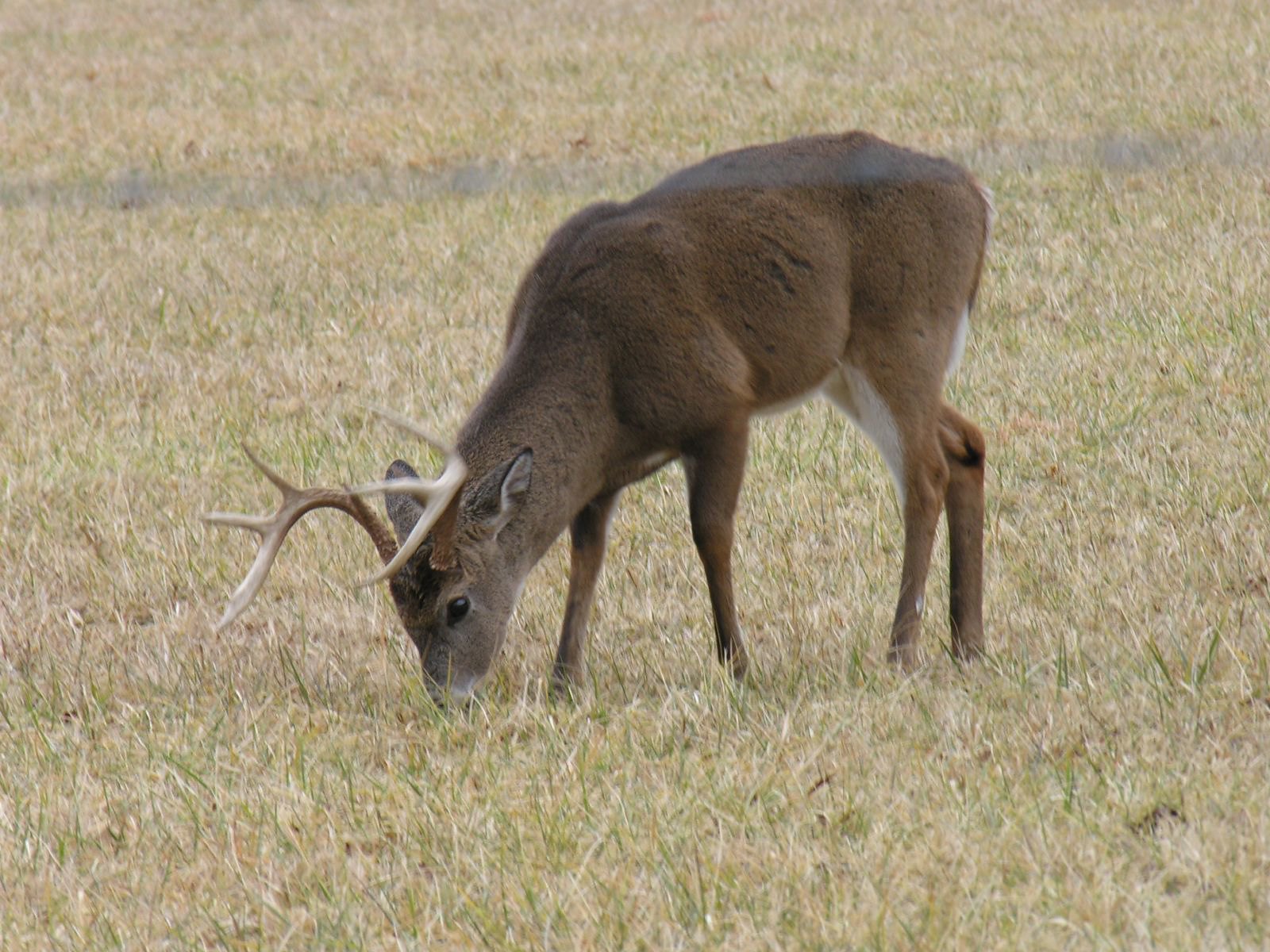
The Georgia Department of Natural Resources (GDNR) has added Lowndes County to its chronic wasting disease (CWD) management area after a 2.5-year-old buck tested positive 5 miles from a detection in Lanier County, according to media reports.
In late September, a landowner reported the deer, which was found about 5 miles south of a January 2025 CWD detection in adjacent Lanier County, Douglas Now reports. The new case is the state's third, after a second deer was found in Berrien County in April 2025 just 400 yards from the first Lanier County case. All three adjoining counties are located in south central Georgia, with Lowndes bordering Florida.
GDNR recommends testing deer harvested within area
The GDNR has added the 5-mile radius around the new case, which also includes parts of Lanier and Berrien counties, to the CWD management plan for enhanced surveillance. The GDNR recommends that hunters have any deer harvested from this area tested for CWD.
.jpg)










